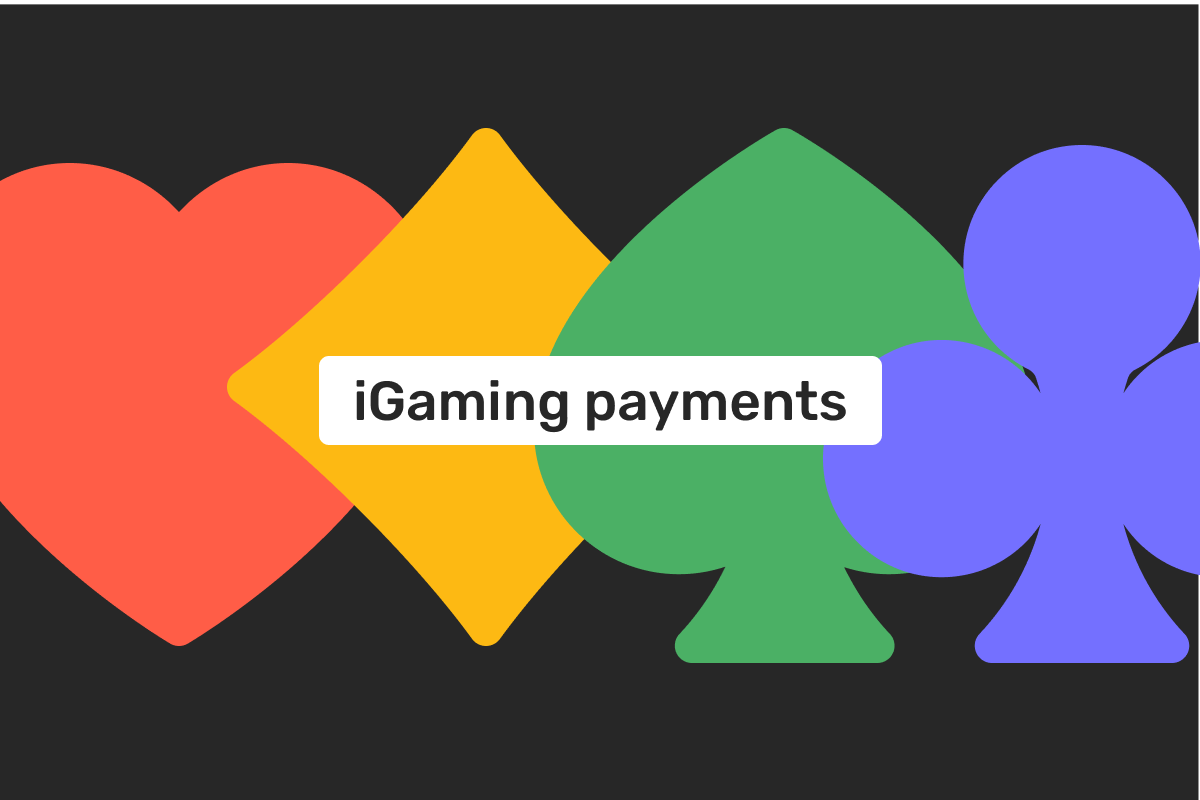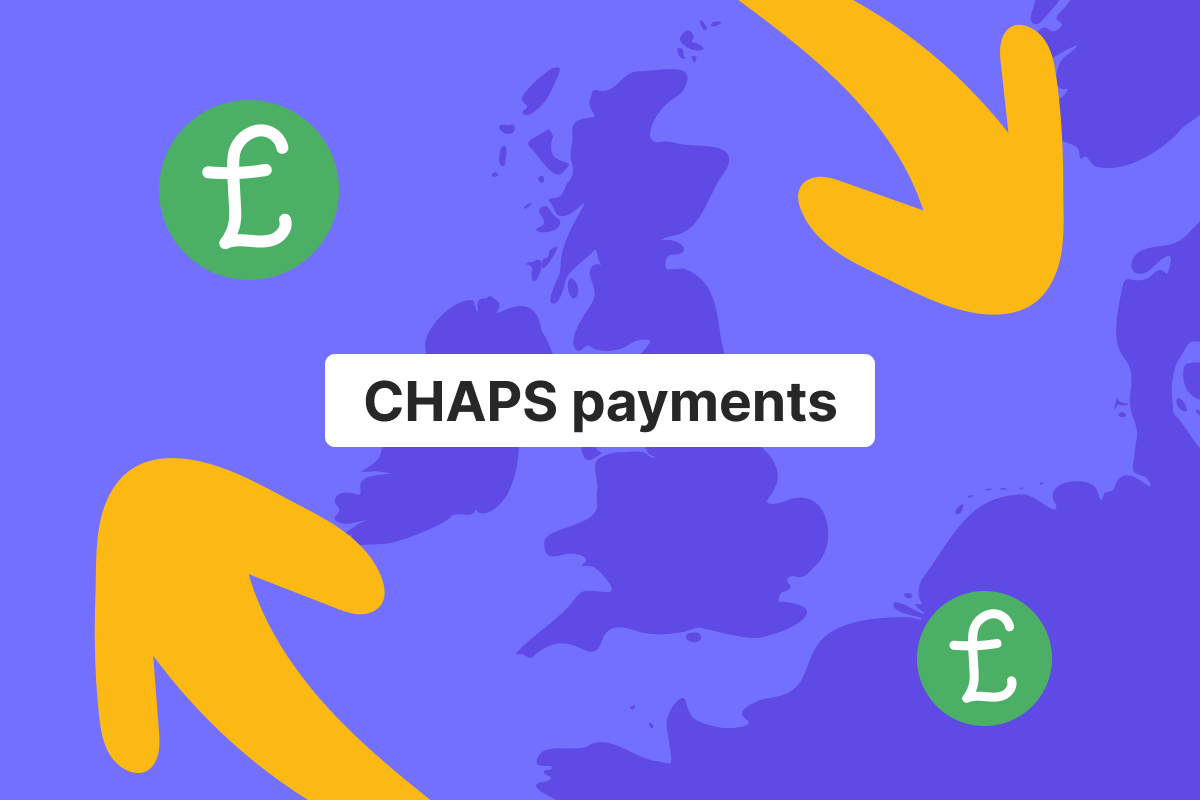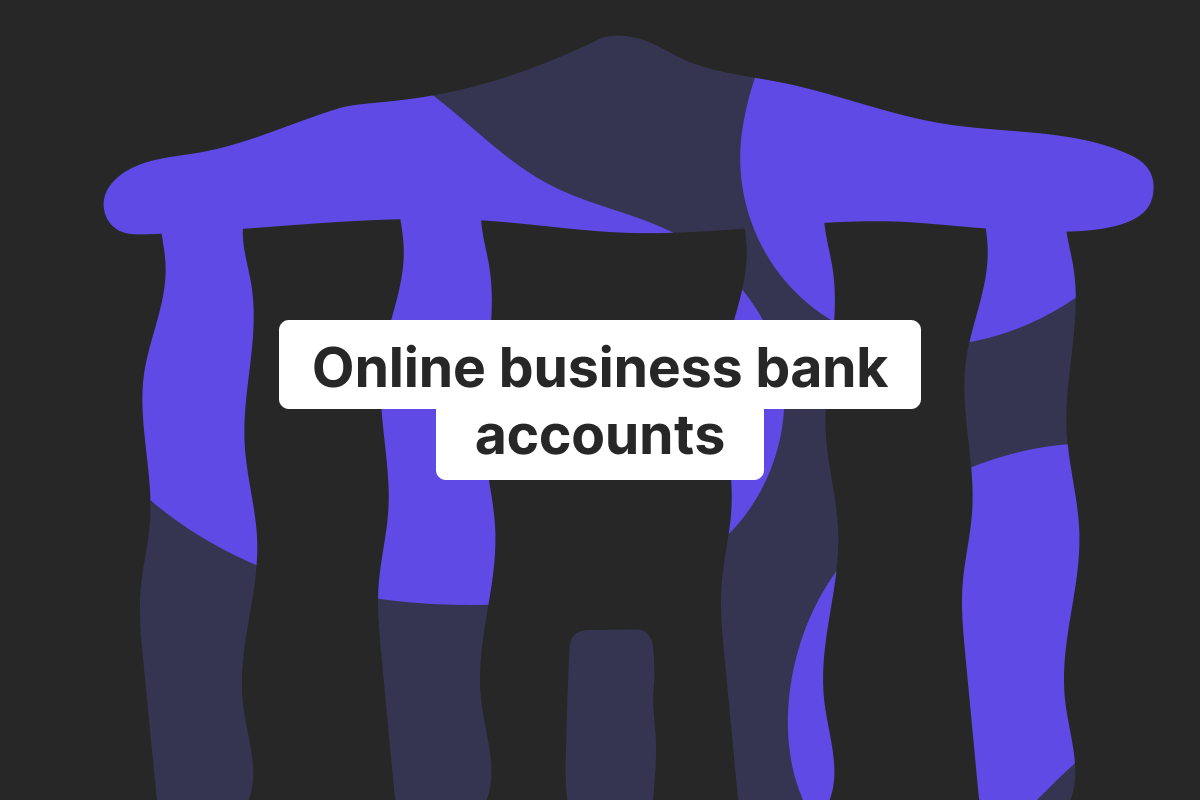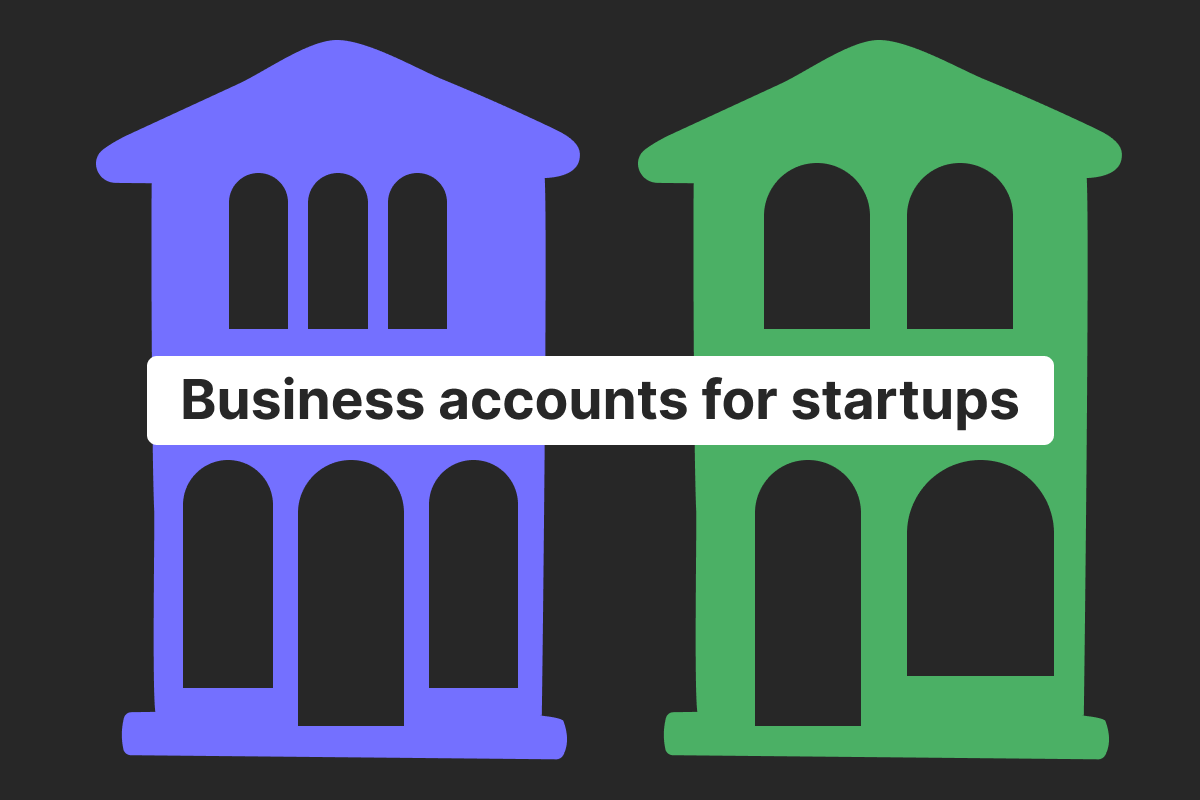Genome Blog / articles / How to accept payments online in 2022
Mar. 16, 2022
Predictably, the eCommerce sphere has been growing immensely during the past few years. At first glance, accepting money online, especially if we’re talking about different payment types, seems like a hectic thing to do. However, it all gets easy peasy lemon squeezy when you actually have everything set up. What’s more, many financial services providers, Genome included*, have taken care of things so that payment processing requires minimum involvement from sellers. Today’s article explains all the tools needed to accept funds online in Europe and other parts of the world.
Let’s start with a detailed overview of the payment lifecycle to understand everything better. To accept payments online, any merchant would need the following:
– Merchant account
It’s an account where all the money from sales is accumulated. One cannot make transfers or use bank cards with this service. The funds from the merchant account must be moved to a business bank account. Usually, this happens automatically in batches. The frequency depends on settings and the possibilities of your provider.
– Payment gateway (PG)
Online payments are more vulnerable to fraud because customers do not swipe their cards through POS (Point of sale) terminals to pass the data (payment details, date, etc.). Indeed, they fill in all the details on the Internet, which is significantly riskier.
Here comes PG – a technology that processes, verifies, and communicates card details further to other parties of the payment cycle. That little window asking you to fill in your bank card information before confirming the transaction is how a PG looks online.
– Payment processor
This technology transfers the payment request to the card association (Visa, MasterCard, American Express). Then, the card association contacts a particular card issuing bank to credit funds from the payer’s account. After this bank approves the request, the return message is sent to all the parties again confirming the transaction. Due to the well-established messaging network, all this happens within seconds, and the payer receives a notification about successful payment in no time.
Types of merchant accounts
Merchant account pricing includes fees for many different services, such as account opening, monthly fee, transaction processing, etc. Some providers will even charge you for closing an account and being non-PCI compliant. Therefore, it’s crucial to select the best suitable service considering its costs and functionality, especially if you’re only starting to sell your goods and services.
Let’s have a look at specific types of merchant accounts and what they bring to the table:
– Pooled
Also known as an aggregator merchant account, it’s a perfect option for small and medium-sized businesses. In this case, a payment service provider (PSP) takes the role of the main merchant. Smaller merchants act as sub-merchants of the same account. The major advantage is lower processing fees, which is especially beneficial if you’re only starting your eCommerce business and don’t want to spend too much money.
In pooled accounts, each sub-merchant receives its unique MCC (Merchant Category Code) referring to the industry. Then, merchants involved in the same sphere are gathered in one account.
– ISO (dedicated)
An Independent Sales Organization merchant account enjoys popularity among enterprises and large sellers. It comes with both higher prices and higher customization possibilities. For instance, one can set up multiple currencies, dynamic currency conversion, etc.
You can also consider other merchant accounts as local or international (offshore) ones. The first will be only available in your home country, while the second will be based outside of the country, but you can still receive money abroad online no matter whether you’re located in the EU or anywhere else.
PCI compliance
All merchants are required to pass Payment Card Industry certification for better protection of customer data. However, some merchant services providers can do this for you for a small fee, saving you time and money.
Genome merchant account*
On top of helping our clients with personal and business accounts, we also provide merchant account services*. We support transactions in more than 20 currencies (USD, GBP, EUR, and others) along with local alternative payment methods*. You can also make use of our integrations with such large platforms as Shopify, WooCommerce, Magento*, and others.
Our merchant analytics feature* allows creating and downloading reports on all transactions that take place within the account from just one dashboard. Finally, we help with opening high-risk merchant accounts* and have specially tailored offers for them regarding pricing and functions. With Genome, you can open an account online quickly and without hassle.
*Please note that Genome’s merchant services have been temporarily unavailable since September 2024.
FAQ
How do I start accepting online payments?
First of all, you need to know what kind of online transitions you will be accepting from customers on your platform/website. These can be card payments, online payments through websites, and eWallet payments (Apple/Google Pay, etc.). Secondly, select a financial services provider based on your needs and the type of business you’re running. Finally, you will need a business account, a merchant account, a payment gateway (PG), and a payment processor. Luckily, many providers offer an all-in-one solution that includes all these tools. One can apply for and set up all these services via the Internet just within a few days and start accepting money online right away. Pay special attention to fees, usability, and convenience of the payment-making process for your clients.
What is the best way to accept online payments?
There are a few services one needs to set up to accept funds from their customers. These are a merchant account, a payment gateway, and a payment processor. It’s best to have all these tools with the same bank or provider where you have a business account so that the money movement in this system is smooth and effortless. However, it’s not a requirement, and you can use all the services mentioned earlier by different providers.
How do I collect online payments?
One crucial thing here is activating your merchant account and ensuring that the whole payment lifecycle works round the clock. If everything is done correctly, all the payments from clients will be automatically accepted to a merchant account and then moved to a business account. No manual work is required from your side.
How can I accept payment online without a merchant account?
Having a merchant account is one of the must-haves to accept funds for goods and services. Some providers like PayPal or Square have merchant accounts already integrated into their system, along with payment gateways and payment processors. Therefore, accepting money online with the help of these financial services providers can be easier than, for example, having to open a merchant account separately from a traditional bank.
How to accept payments online in 2022?
The list of must-haves for accepting money for provided products hasn’t changed during the past few years. It comprises a merchant account, a payment gateway, and a payment processor. All these services can be from one provider or different ones. Running a physical shop, you will also need a POS (point of sale terminal) and a card reader.





